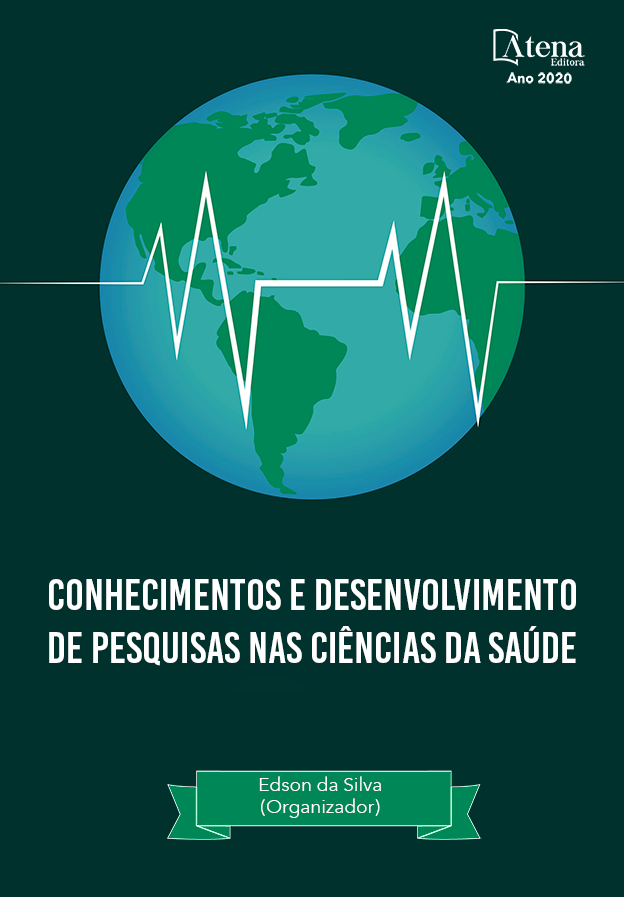
PERFIL DEMOGRÁFICO E EPIDEMIOLÓGICO DE GESTANTES EM ATENDIMENTO PRÉ-NATAL EM UMA UNIDADE BÁSICA DE SAÚDE DA FAMÍLIA
A pesquisa teve como foco principal conhecer o perfil demográfico e epidemiológico das gestantes cadastradas e acompanhadas em uma Unidade Básica de Saúde da Família (UBSF). Realizou-se pesquisa bibliográfica em diversas fontes, principalmente artigos científicos e pesquisa de campo documental, com corte transversal, análise descritiva e com abordagem quantitativa. Para coleta dos dados foram utilizadas Fichas de cadastramento do Sistema de Pré-Natal (SISPRENATAL), pertencentes aos arquivos de uma UBSF, com autorização prévia da coordenação da unidade. Foram avaliadas 11 Fichas de cadastramento no SISPRENATAL, referentes às gestantes acompanhadas na UBSF durante a realização do estudo. Encontrou-se que a maioria das gestantes apresentou nível de escolaridade equivalente ao ensino médio completo; quanto ao estado civil ou tipo de união, relataram conviver com o companheiro e não ter filhos. Com relação aos dados da gestação atual, parte das gestantes referiu ter planejado a gravidez, enquanto a maioria relatou não ter planejado ou não declararam este dado. A maioria realizou primeira consulta no primeiro trimestre, com idade gestacional entre 6-10 semanas. Apenas duas gestantes possuíam antecedentes clínicos, sendo Transtorno Mental e Diabetes, enquanto outra parcela não possui e uma delas não declarou. No histórico obstétrico, quatro delas são multíparas e destas, três afirmaram ter realizado parto normal em outras gestações. Concluímos que de modo geral, as gestantes acompanhadas iniciaram o pré-natal no primeiro trimestre da gestação e não apresentam fatores de risco, podendo resultar em mais saúde e bem-estar para a mãe e para o bebê. Entretanto, a maioria das mulheres relatou não apresentar uma gestação planejada, o que pode representar falhas no planejamento familiar. Espera-se que este estudo contribua com a Estratégia Saúde da Família, despertando a atenção das equipes e possibilitando a elaboração de planos para acompanhamento Pré-Natal de risco habitual, com destaque para o planejamento reprodutivo e familiar.
PERFIL DEMOGRÁFICO E EPIDEMIOLÓGICO DE GESTANTES EM ATENDIMENTO PRÉ-NATAL EM UMA UNIDADE BÁSICA DE SAÚDE DA FAMÍLIA
-
DOI: 10.22533/at.ed.82220251116
-
Palavras-chave: Atenção primária à saúde; Cuidado pré-natal; Gestação
-
Keywords: Primary health care; Prenatal care; Pregnancy
-
Abstract:
The research had as main focus to know the demographic and epidemiological profile of pregnant women registered and monitored in a Basic Family Health Unit. Bibliographic research was carried out in several sources, mainly scientific articles and documentary field research, with cross-sectional, descriptive analysis and with a quantitative approach. Data collection forms used to register the Prenatal System (SISPRENATAL), belonging to the files of a unity, with prior authorization from the unit's coordination. Were evaluated 11 SISPRENATAL registration forms, referring to pregnant women monitored at the unity during the study. It was found that the majority of pregnant women had an education level equivalent to complete high school; as to marital status or type of union, they reported living with their partner and not having children. Regarding the data of the current pregnancy, part of the pregnant women reported having planned the pregnancy, while the majority reported not having planned or did not declare this data. Most had their first consultation in the first trimester, with a gestational age between 6-10 weeks. Only two pregnant women had a clinical history, being Mental Disorder and Diabetes, while another portion did not and one of them did not declare. In the obstetric history, four of them are multiparous and of these, three said they had had a normal delivery in other pregnancies. We concluded that, in general, the monitored pregnant women started prenatal care in the first trimester of pregnancy and do not present risk factors, which may result in more health and well-being for the mother and baby. However, most women reported not having a planned pregnancy, which may represent flaws in family planning. It is expected that this study will contribute to the Family Health Strategy, drawing the attention of the teams and enabling the development of plans for prenatal monitoring of habitual risk, with emphasis on reproductive and family planning.
-
Número de páginas: 13
- LUANA THOMAZETTO ROSSATO
- LEILIANE APARECIDA VIEIRA DELFINO
- RAÍSSA MARTINS DA SILVA
- João Paulo Assunção Borges


